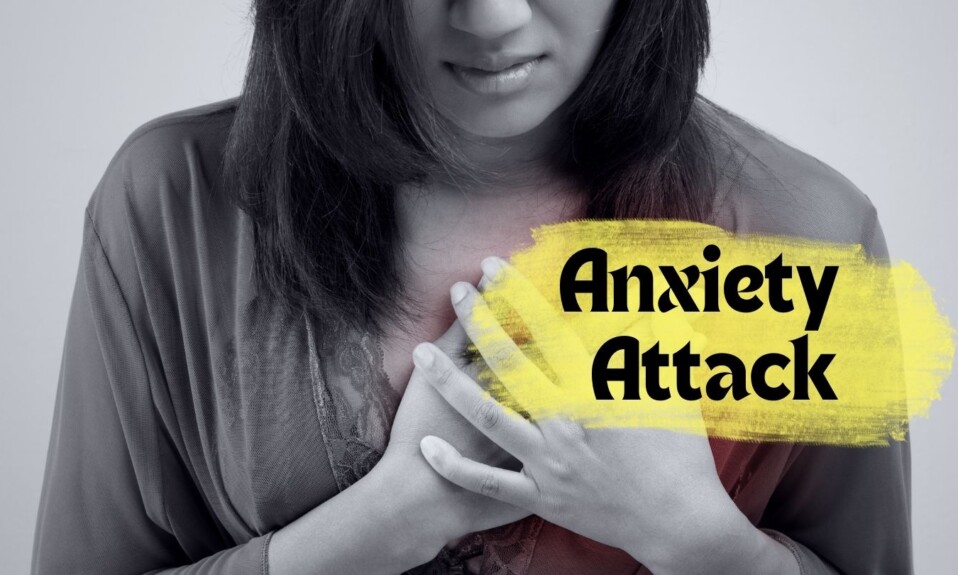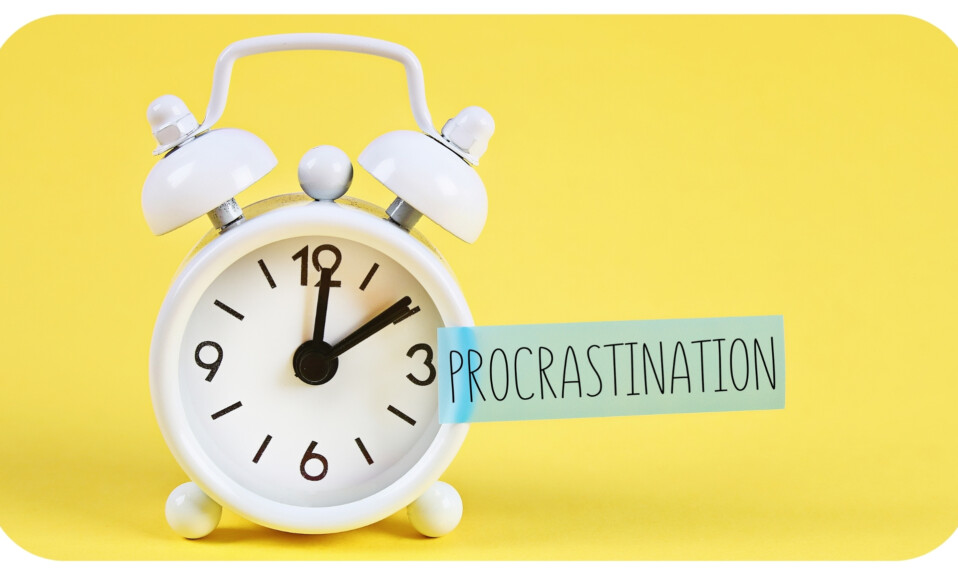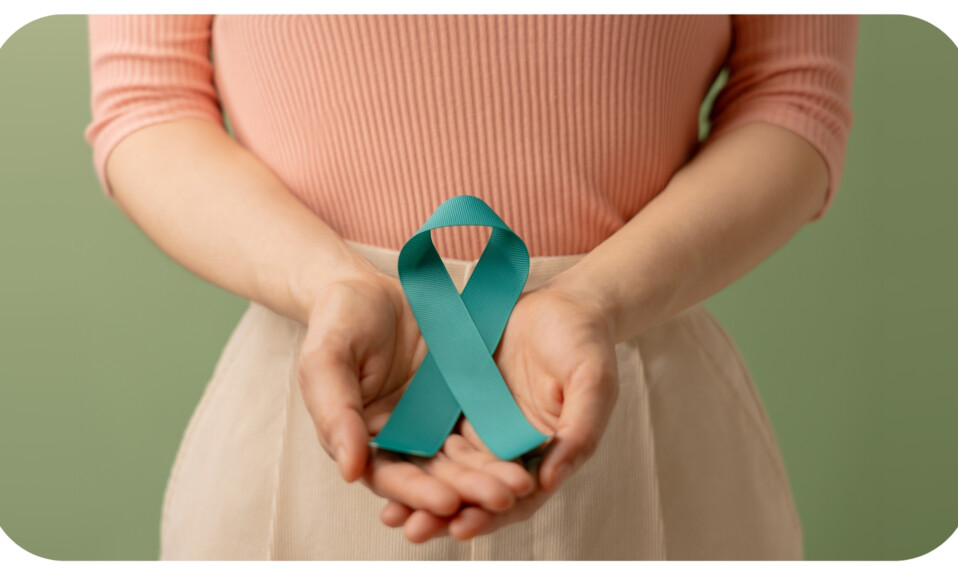In the modern world, anxiety and stress are pervasive due to factors like work pressures, social media, financial concerns, and the fast-paced lifestyle.
These issues often lead to mental health challenges, impacting well-being and emphasizing the importance of stress management techniques and seeking professional help when needed. Anxiety attacks can be caused by various factors, including stress, underlying anxiety disorders (such as generalized anxiety disorder or panic disorder), traumatic experiences, and sometimes even without an apparent trigger. They can be a one-time occurrence for some individuals or may be recurrent.
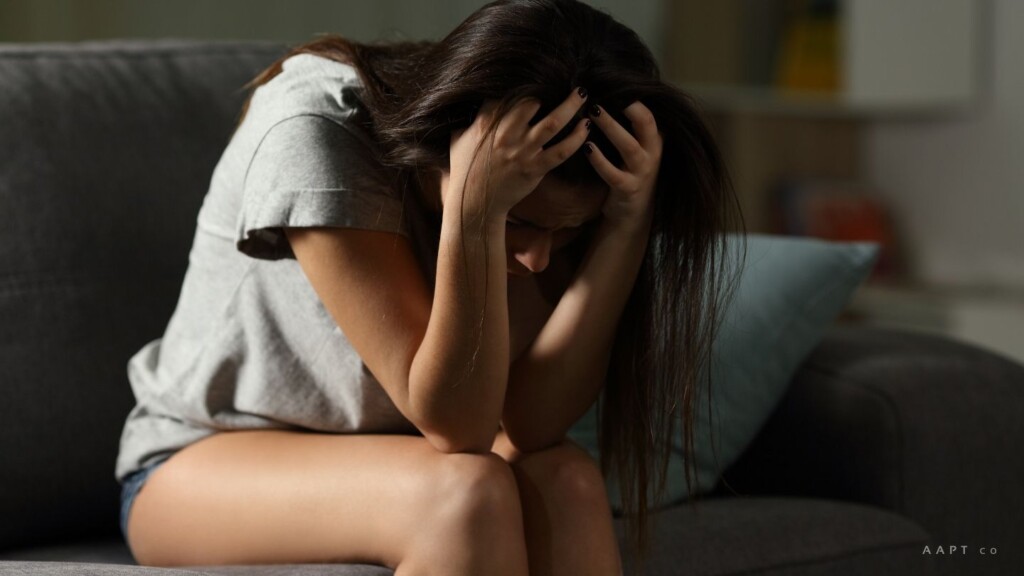
What is Anxiety Attack?
An anxiety attack, also known as a panic attack, is a sudden and intense episode of overwhelming fear and anxiety. These attacks can be extremely distressing and may come on suddenly without any apparent trigger. Some common symptoms of an anxiety attack include:
- Rapid heartbeat or palpitations.
- Shortness of breath or feeling like you can’t breathe.
- Trembling or shaking.
- Sweating excessively.
- Feeling dizzy or lightheaded.
- Nausea or stomach discomfort.
- Chest pain or discomfort.
- A feeling of impending doom or a fear of losing control.
- Numbness or tingling in the extremities.
It’s important to note that anxiety attacks can vary in intensity and duration, but they typically peak within a few minutes and may last for up to 20-30 minutes. Afterward, the individual may feel exhausted or emotionally drained.
Hidden Signs of Anxiety
Signs of anxiety are relatively common among people. Occasional feelings of worry, nervousness, and stress is a normal part of life. However, when these signs become chronic, intense, or interfere significantly with daily functioning, they may indicate an anxiety disorder that could benefit from professional assessment and treatment for managing anxiety attack effectively. Anxiety can manifest in various hidden signs, including:
- Muscle tension and aches.
- Digestive problems like stomach aches or irritable bowel syndrome.
- Difficulty concentrating or memory issues.
- Perfectionism and excessive self-criticism.
- Avoiding social situations or isolating oneself.
- Procrastination and indecisiveness.
- Sleep disturbances, such as insomnia.
- Restlessness or fidgeting.
- Irritability and mood swings.
- Excessive sweating or trembling.
These subtle signs may not always be immediately associated with anxiety but can indicate underlying stress and anxiety issues that may require attention and support.
Recommended: Interesting Facts About Stress You Must Now
What happens to the person who gets anxiety attack?
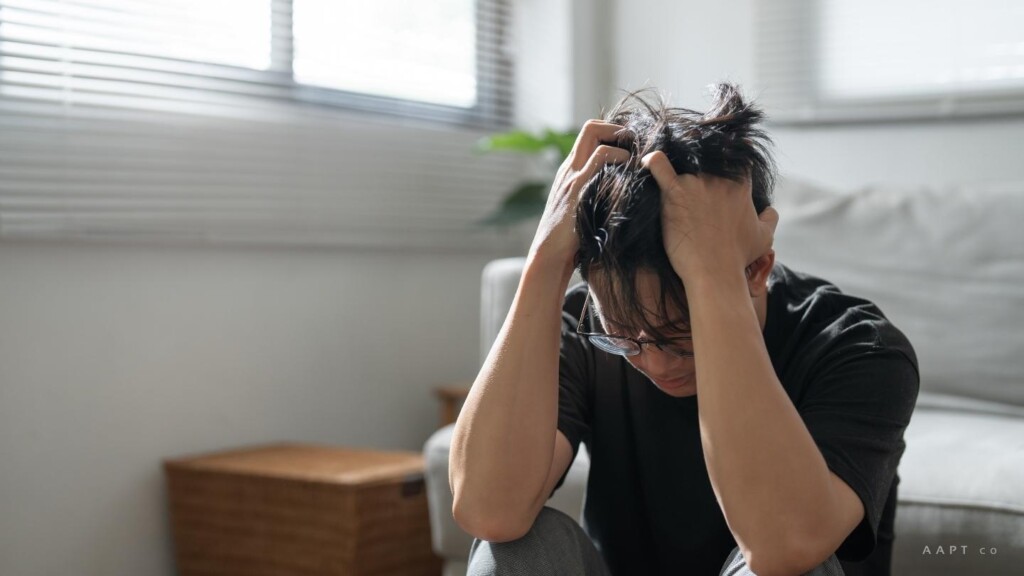
When someone experiences an anxiety attack (or panic attack), they typically go through a range of physical, emotional, and cognitive symptoms. These symptoms can vary in intensity but may include:
- Rapid heartbeat or palpitations.
- Shortness of breath or hyperventilation.
- Sweating excessively.
- Trembling or shaking.
- Feeling dizzy or lightheaded.
- Nausea or stomach discomfort.
- Chest pain or discomfort.
- A sense of impending doom or fear of losing control.
- Numbness or tingling sensations.
During an anxiety attack, individuals often feel intense fear or dread. It’s important to note that anxiety attacks typically peak in intensity within a few minutes and then gradually subside. After an attack, individuals may feel exhausted, emotionally drained, or even embarrassed about their experience.
It’s worth mentioning that not everyone experiences all of these symptoms during an anxiety attack, and individual experiences can vary. Some people may have only a few of these symptoms, while others may have a combination of several.
If someone experiences recurring anxiety attacks, it’s essential for them to seek help from a mental health professional. Treatment options, such as therapy and medication, can help manage and reduce the frequency and intensity of these attacks, as well as address any underlying anxiety disorders.
How to know if a person is having an anxiety attack?
Recognizing if a person is having an anxiety attack involves observing their behaviour and physical symptoms. Additionally, you may notice signs of distress in their behaviour, such as pacing, restlessness, or attempts to escape the situation. It’s crucial to approach the person with empathy and support which is very crucial for managing anxiety attack. Encourage them to focus on their breathing, reassure them, and, if the symptoms are severe or prolonged, consider seeking medical attention or consulting a mental health professional. However, if the person is in immediate danger or showing signs of a more serious medical condition, call emergency services. Some of the obvious signs include:
- Rapid Breathing: They may be breathing rapidly or hyperventilating.
- Heart Palpitations: An increased heart rate.
- Sweating: Profuse sweating, even when it’s not hot.
- Shaking or Trembling: Visible signs of shivering or shaking.
- Shortness of Breath: Difficulty catching their breath.
- Chest Pain: They might complain of chest discomfort.
- Dizziness or Light-headedness: Feeling unsteady.
- Nausea or Stomach Discomfort: An upset stomach or nausea.
- Feeling of Doom: Expressing intense fear or impending doom.
- Numbness or Tingling: In their extremities.
Diagnosis for Anxiety
Diagnosing anxiety typically involves a comprehensive evaluation by a mental health professional, such as a psychiatrist, psychologist, or licensed therapist. Diagnosing anxiety is a complex process that requires a thorough understanding of the individual’s experiences and symptoms. It’s important to seek diagnosis and treatment from qualified mental health professionals, as they can provide appropriate guidance and support based on the specific type and severity of anxiety. The process includes:
- Clinical Assessment: The clinician will conduct a clinical interview to gather information about the individual’s symptoms, medical history, and personal circumstances. This helps in understanding the nature and impact of anxiety.
- Diagnostic Criteria: The mental health professional will refer to diagnostic criteria from the Diagnostic and Statistical Manual of Mental Disorders (DSM-5 in 2021, potentially newer versions in the future) to determine if the individual’s symptoms align with specific anxiety disorders, such as generalized anxiety disorder, panic disorder, social anxiety disorder, or others.
- Physical Examination: In some cases, a physical examination may be conducted to rule out any medical conditions that could be contributing to the symptoms.
- Questionnaires and Assessments: Standardized questionnaires and assessments may be used to measure the severity of anxiety symptoms and track changes over time.
- Differential Diagnosis: The clinician may consider other possible mental health conditions, as symptoms of anxiety can overlap with conditions like depression, post-traumatic stress disorder, and obsessive-compulsive disorder.
- Duration and Impairment: A diagnosis of an anxiety disorder typically requires that the symptoms have persisted for a certain duration (usually at least six months) and have caused significant impairment in the individual’s daily life.
- Rule Out Substance Abuse: Substance use can sometimes mimic symptoms of anxiety. The clinician may assess for substance use and determine if it’s contributing to the anxiety.
- Collateral Information: Information from family members or close contacts may also be useful in understanding the individual’s symptoms and their impact.
Effective Anxiety Managing Strategies
Managing anxiety attacks and overall anxiety effectively often involves a combination of lifestyle changes, coping strategies, and, in some cases, professional help. Here are some strategies to help manage anxiety:
- Deep Breathing: Practice deep, diaphragmatic breathing to calm the nervous system. Inhale for a count of 4, hold for 4, and exhale for 4.
- Mindfulness and Meditation: Mindfulness techniques and meditation can help you stay grounded and reduce anxiety. Apps and guided sessions can be useful.
- Regular Exercise: Physical activity can reduce stress hormones and boost endorphins, improving mood and reducing anxiety.
- Healthy Diet: Eat a balanced diet rich in fruits, vegetables, whole grains, and lean proteins. Avoid excessive caffeine and sugar.
- Adequate Sleep: Ensure you get enough rest. Sleep deprivation can exacerbate anxiety.
- Stress Management: Learn stress-reduction techniques, such as time management, setting boundaries, and problem-solving.
- Social Support: Talk to friends and family about your feelings. A strong support network can make a significant difference.
- Avoid Alcohol and Substance Abuse: These can worsen anxiety. Avoid or limit their use.
- Cognitive-Behavioural Therapy (CBT): This evidence-based therapy helps you identify and change thought patterns that contribute to anxiety.
- Medication: In some cases, medication may be prescribed by a healthcare professional to manage anxiety. Consult a doctor for guidance.
- Relaxation Techniques: Practice techniques like progressive muscle relaxation, guided imagery, or biofeedback.
- Self-Care: Prioritize self-care activities that bring you joy and relaxation, like reading, taking baths, or engaging in hobbies.
- Limit News and Social Media: Constant exposure to negative news can exacerbate anxiety. Set limits on media consumption.
- Seek Professional Help: If anxiety is severely affecting your daily life, consider consulting a mental health professional for therapy or counselling.
- Support Groups: Consider joining a support group where you can connect with others experiencing similar challenges.
- Phobias and Exposure Therapy: If anxiety is related to specific phobias, exposure therapy can help desensitize you to the feared object or situation.
Recommended: Here’s How Staying Happy & Motivated Can Make Your Life Great
Remember that managing anxiety is a personal journey, and what works best may vary from person to person. It’s essential to be patient with yourself and seek professional guidance when needed. If you or someone you know is experiencing anxiety attacks frequently or they are significantly affecting daily life, it’s essential to seek help from a mental health professional. Treatment options, such as therapy (cognitive-behavioural therapy, exposure therapy) and medication, are available to help in managing and reducing the frequency and intensity of anxiety attacks.
You may like this

